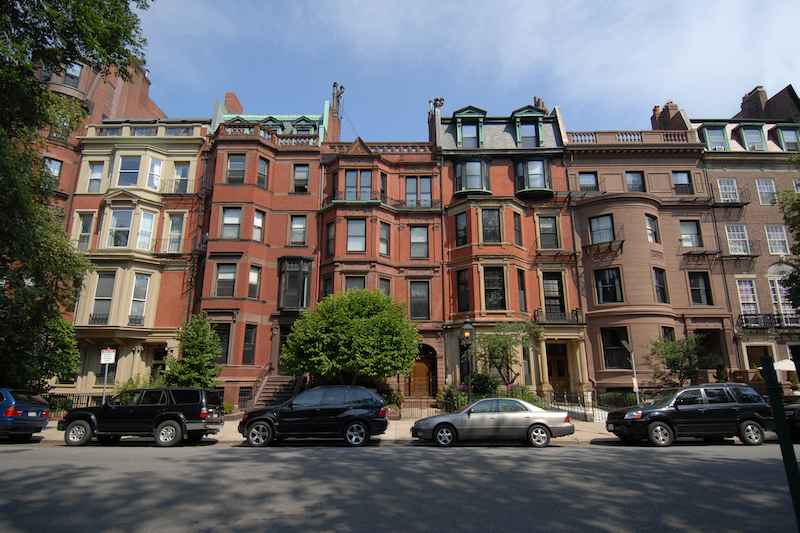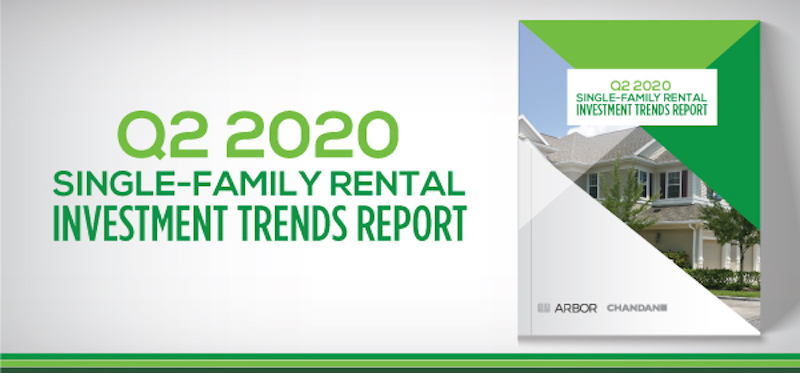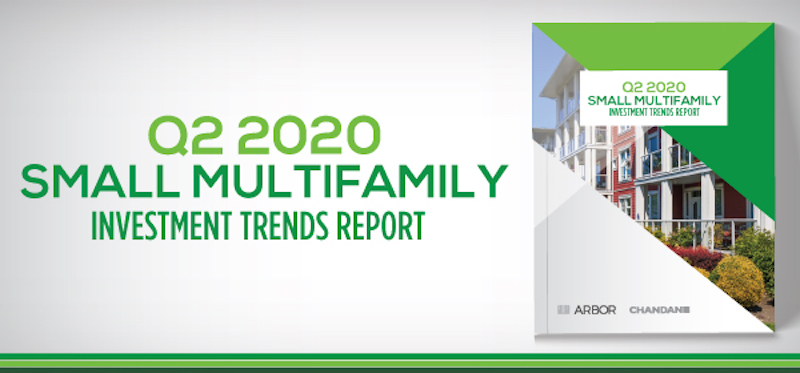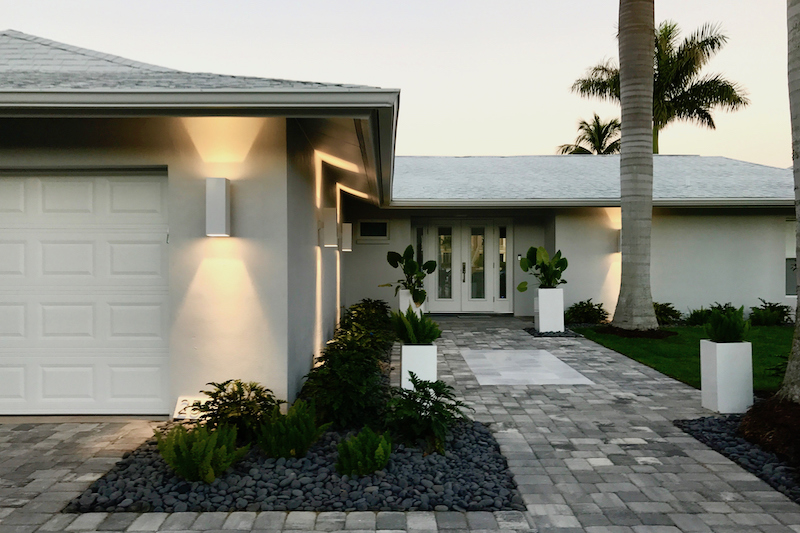The small multifamily sub-sector ended 2022 on a high note with originations falling just behind 2021’s peak. As economic storm clouds continue circling, small multifamily appears fortified from any reverberations that may result.







The small multifamily sub-sector ended 2022 on a high note with originations falling just behind 2021’s peak. As economic storm clouds continue circling, small multifamily appears fortified from any reverberations that may result.
Positive rent reporting, a new piece of Fannie Mae’s mission-driven lending agenda, is a leap forward for the U.S. rental housing market amid an ongoing affordability crisis. This initiative, recently launched in a pilot program in Chicago, has significant upside potential for not only tenants but landlords, owners, and multifamily borrowers as well.
Passed in the 11th hour of the 117th Congress, the $1.7 trillion federal spending package prioritizes the expansion of affordable housing in 2023 through increased funding for targeted programs.
The rental housing sector is well-insulated but not immune to market forces even as the economy edges into correction territory, Arbor Chairman and CEO Ivan Kaufman and Chandan Economics Founder Sam Chandan demonstrate in the findings of Arbor’s Special Report Spring 2023.
Until recently, full-scale optimization has skipped over the basic monthly rental payment transaction, with 78% of more than 100 million renters using paper checks. But now, two programs, backed by global leaders in financial services, are incentivizing tenants to pay the rent on credit, with perks like automatic credit reporting and points towards future purchases.
Renters 30 years of age and under, who now make up slightly more than one-quarter of the heads of households of rental units, are bolstering housing demand in markets known for their affordability and livability.
Multifamily investing involves the purchasing of properties with rentable housing units. In these types of investments, a group of investors often works together to mitigate costs, split profit shares, and reduce risk. Multifamily properties include apartment complexes, condo buildings, and townhouses, among other property types. When investing in multifamily properties is researched and undertaken prudently, it can generate steady and reliable income streams in all economic cycles.
After taking a pause during the peak of the COVID-19 pandemic, the U.S. multifamily market experienced a banner year in 2022. Throughout the year, Arbor continued to provide unique research and insights into our markets. Here’s a look at our top Arbor research articles from 2022, in case you missed them.